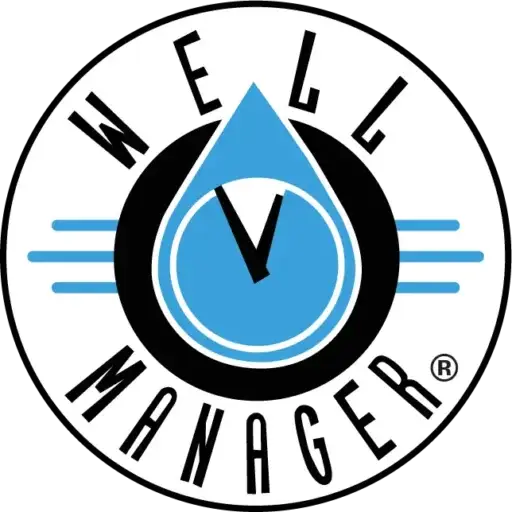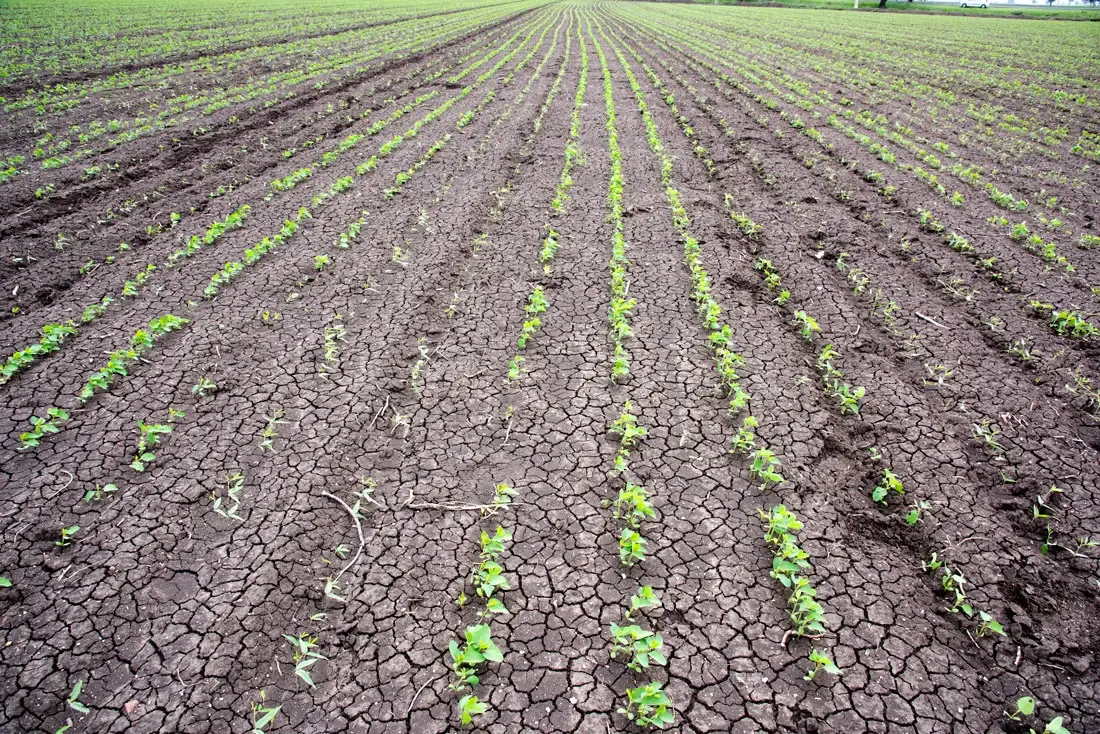Picture the distress of turning on your tap and hearing only air, a clear sign that your well has dried up again. This is not just an inconvenience; it’s a full-blown crisis. Unfortunately, this is a reality that many homeowners and landowners with shallow wells are facing more frequently. As droughts become more prolonged due to global warming, the risk of being left without water is a pressing concern.
If you’ve experienced low water pressure or the anxiety of watching your water levels drop, you know how critical it is to understand what’s happening beneath your property. Shallow wells are particularly vulnerable as groundwater depletes faster under prolonged dry spells. If well owners don’t act proactively, they could face expensive repairs or lose water altogether.
What Happens to Wells During Droughts?
Drought doesn’t just dry out rivers and lakes — it also impacts the invisible water beneath your property. Groundwater levels, especially those that shallow wells depend on, drop significantly during extended droughts. But for many, the first sign isn’t in the numbers; it’s in their daily water supply.
- Groundwater Drops Quickly:During the 2012-2016 drought in California’s Central Valley, groundwater levels dropped as much as 27 meters in some areas. For shallow wells, that’s devastating, as they draw from the topmost layers of the aquifer.
- Why Shallow Wells are Hit First:Wells less than 75 meters deep are highly vulnerable because they rely on the upper layers of groundwater, which are the first to dry up.
As droughts become more severe due to global climate change, shallow wells face a growing risk. The longer the drought, the more severe the depletion of the water table, meaning homeowners feel the impact faster.
Why Groundwater Overdraft Makes Things Worse?
As droughts persist, human activities exacerbate the natural decline of groundwater. Groundwater overdraft, where water is extracted faster than it can be replenished, becomes a significant issue. Large-scale users, particularly in areas with extensive agricultural activity, draw substantial amounts of water, leaving well owners in a precarious situation. But this isn’t just a technical problem. When the aquifer is pumped dry, your water supply suffers.
- Overdraft During Drought:During the Central Valley’s 2012-2016 drought, groundwater extraction soared 180%. That surge drained the available supply faster than nature could replenish it.
- Impact on Your Well:As more extensive operations pull water from deeper reserves, your shallow well feels the strain first, reducing pressure and, ultimately, no water.
Overdraft accelerates the already devastating effects of drought, making shallow wells run dry sooner. This risk only becomes more pronounced because of the frequency and severity of droughts increasing due to global warming.
The Pain of Well Failure
The threat of well failure is constant for homeowners living with shallow wells. What starts as a slight drop in water pressure can quickly spiral into a full-blown crisis. No water for your home means no showers, cooking, or day-to-day living. It’s a disruption that hits hard — and fast.
- The 2012-2016 Drought:Over 2,000 domestic wells failed, with many more likely unreported. Families were left scrambling to find water, often with little warning before their wells stopped producing.
- Living with Uncertainty:The pressure is always there for those relying on shallow wells. You’re constantly checking water levels, hoping you’re not the next one left dry.
The emotional impact is profound. It’s not just about fixing a well — it’s about the frustration and fear of not knowing when you’ll be without one of life’s most basic necessities. The worry and uncertainty can take a significant toll on homeowners.
Solving the Problem of Shallow Wells During Droughts: The Well Manager Solutions
When your shallow well struggles during a drought, it’s more than just an inconvenience—it’s a severe threat to your home’s water supply. But there’s no need to panic or wait until your well runs dry. At Well Manager, we offer a guaranteed solution to ensure your shallow well continues providing the water you need, even during prolonged droughts. Our solutions bring a sense of relief, knowing that your water supply is secure.
Our clean, green alternatives are designed to keep low-yield wells functioning at their best. Whether you’ve experienced low water pressure or are worried your well can’t handle another dry season, we have the technology and expertise to help. Our solutions are backed by our deep understanding of well systems and our commitment to providing the best for our customers. Here’s How We Can Help:
- Maximize Your Water Supply:Our systems are built to get the most out of your shallow well, ensuring you’ll have the water volume and pressure you need for daily life, even during droughts.
- Eco-Friendly and Sustainable:We focus on green solutions that protect the environment and maintain the health of your well — no fracking, no contamination, just pure, reliable water.
- Guaranteed Results:With Well Manager, you don’t have to guess. We guarantee that our system will provide a steady water supply, giving you peace of mind even in the toughest conditions. Our solutions are reliable, so you can trust that your water supply is in good hands.
If you’re tired of worrying about your well during every drought, call (800) 211-8070 to speak to a well water expert. We’ll help you understand what’s happening with your water supply and explain how our system can provide a reliable solution. You can also fill out our Water Solutions Form to get started.
Let Well Manager handle your water needs so you can stop worrying and enjoy reliable water, whether there is or is not a drought.
Related Reading
- Is Your Well Pressure Dropping? Here’s Why Quick Fixes Won’t Work
- Well Manager Timed Water Collection System for Low-Yield, Low-Water Pressure Problems
- How Can You Prevent Your Well from Running Dry Again and Again?
- Understanding Well Drilling: Considerations and Limitations
- Why DIY Fixes Won’t Solve Your Well Water Pressure Problems: A Common Problem with No Easy Answers




